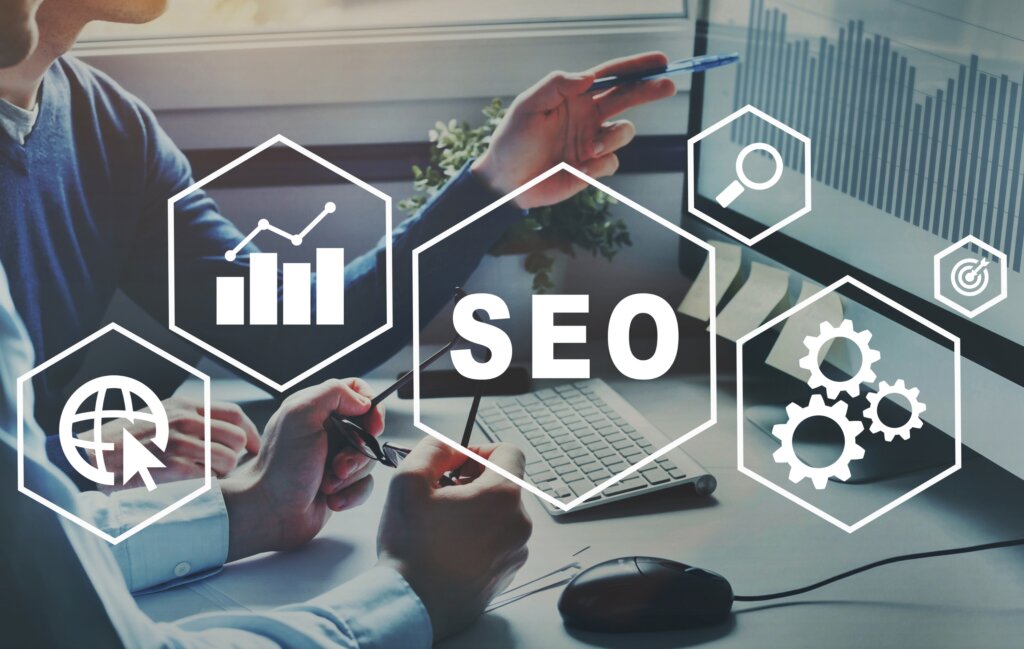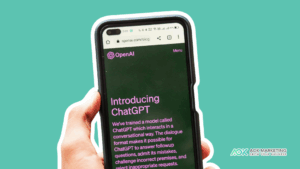A long sales cycle refers to the extended period between the initial contact with a potential customer and the finalization of a sale. This extended duration can be due to various factors, such as the complexity or high price of the product or service, the involvement of multiple decision-makers, or the need for extensive research and evaluation by the customer.
Understanding the long sales cycle is crucial for businesses, enabling them to tailor their marketing strategies and tactics accordingly. By recognizing the unique challenges associated with long sales cycles, businesses can develop effective lead-nurturing processes, maintain customer interest throughout the entire sales process, and eventually improve the likelihood of closing deals.
Additionally, a thorough understanding of the long sales cycle can help businesses allocate resources more efficiently, optimize their sales funnel, and improve overall revenue generation.

The Nature of a Long Sales Cycle
Several factors can contribute to a prolonged sales cycle.
1. High-priced or complex products/services: When a product or service is expensive or involves a high level of complexity, customers may require more time to research, evaluate, and make decisions. This can result in a more extended sales cycle as they must fully understand the value and benefits before committing to a purchase.
2. B2B sales: Business-to-business (B2B) sales often involve more significant investments and longer-term contracts than business-to-consumer (B2C) transactions. B2B customers usually have more stringent evaluation processes and may require multiple internal approvals, which can extend the sales cycle.
3. Multiple decision-makers: In situations where several stakeholders are involved in the decision-making process, reaching a consensus can be time-consuming. Each decision-maker may have different priorities, opinions, and requirements, leading to a longer sales cycle as businesses work to address these diverse perspectives.
Challenges faced in a long sales cycle
1. Maintaining customer interest: With an extended sales process, there is a risk that potential customers may lose interest or shift their focus to other options. Businesses must consistently engage with leads throughout the sales cycle to keep them interested and informed.
2. Nurturing leads effectively: Long sales cycles require businesses to invest time and effort into nurturing leads, providing them with relevant information and support at each stage of the buying journey. This can be challenging, as businesses must strike a balance between nurturing leads without being overly aggressive or pushy.
3. Ensuring a smooth sales process: A lengthy sales cycle can sometimes lead to complications and miscommunications between various parties. Businesses must establish clear communication channels, set expectations, and maintain a well-organized sales process to minimize potential roadblocks and delays.
Best Marketing Actions for a Long Sales Cycle
When it comes to successfully marketing a product with a long sales cycle, you can use some key strategies to ensure that prospects remain engaged and move through the buyer’s journey. Here are a few of the most promising marketing actions for products with long sales cycles:
Content marketing
1. Educating potential customers: Create informative content that addresses customer pain points, answers their questions, and showcases the value of your product or service. This helps build trust and positions your brand as an industry expert.
2. Utilizing various content formats: Leverage content types such as blog posts, whitepapers, case studies, webinars, and videos to cater to diverse customer preferences and maintain their interest.
3. Tailoring content to different stages of the sales cycle: Develop content that aligns with each stage of the buyer’s journey (awareness, consideration, decision) to effectively guide prospects through the sales funnel.
Email marketing
1. Personalized email campaigns: Craft tailored email campaigns based on customer behavior, preferences, and needs to enhance engagement and build stronger connections.
2. Drip campaigns for lead nurturing: Implement automated email sequences that deliver relevant content over time, keeping leads engaged and moving them closer to conversion.
3. Tracking user engagement and adjusting strategies accordingly: Monitor email open rates, click-through rates, and conversions to identify areas for improvement and optimize campaign performance.
Social media marketing
1. Building brand awareness: Use social media platforms to increase your brand’s visibility, share company news and updates, and showcase your unique value proposition.
2. Engaging with potential customers: Foster meaningful conversations with prospects by responding to comments, addressing concerns, and encouraging user-generated content.
3. Sharing valuable content and updates: Regularly post informative and interesting content on your social media channels to maintain customer interest and demonstrate thought leadership in your industry.
SEO Techniques for a Long Sales Cycle
Search engine optimization (SEO) is essential for businesses with long sales cycles, as it helps to ensure that prospects can easily find your website. Here are a few SEO techniques that can be used:
Keyword research and optimization
1. Identifying long-tail keywords: Focus on those specific to your niche and target audience. These keywords generally have lower search volume but higher conversion rates, making them ideal for targeting customers in a long sales cycle.
2. Incorporating keywords in content and metadata: Strategically include target keywords in your content, title tags, meta descriptions, and URLs to improve search engine visibility and drive organic traffic.
Link building
1. Guest posting on industry blogs: Reach out to reputable industry blogs and offer to contribute high-quality content that includes a link back to your website. This helps build valuable backlinks and exposes your brand to a wider audience.
2. Establishing partnerships with authoritative websites: Collaborate with well-established websites in your industry to create co-branded content or engage in joint marketing initiatives. This can help you gain high-quality backlinks and enhance your online reputation.
Technical SEO
1. Optimizing site speed and mobile-friendliness: Ensure that your website loads quickly and performs well on mobile devices, as site speed and mobile usability are crucial ranking factors for search engines.
2. Ensuring proper site structure and navigation: Create a clear and intuitive site structure with easy-to-use navigation menus, breadcrumbs, and a sitemap. This helps search engines crawl and index your content more effectively while providing a positive user experience for visitors.
Businesses can successfully manage their prospects’ buyer journey and increase conversions by following the best marketing actions and SEO techniques for a long sales cycle. They can shorten the sales process with the right strategies while optimizing their investments.
Measuring Success and Optimizing Strategies
Measuring success is essential, as it helps businesses understand the effectiveness of their strategies and determine where to focus their efforts. To optimize sales performance with a long sales cycle, they should track various metrics such as:
Key performance indicators (KPIs) for long sales cycles
1. Lead conversion rates: Track the percentage of leads that convert into paying customers to gauge the effectiveness of your marketing and sales strategies in generating revenue.
2. Time to close deals: Monitor the average time it takes to move a prospect through the sales cycle and close a deal. This can help you identify bottlenecks and areas for improvement in the sales process.
3. Return on marketing investment (ROMI): Measure the revenue generated from your marketing efforts relative to the costs incurred. This will help you evaluate the overall success of your marketing campaigns and allocate resources more efficiently.
Analyzing data and adjusting strategies
1. Regularly reviewing analytics: Examine website traffic, user behavior, and engagement metrics regularly to identify trends, patterns, and areas for improvement in your marketing and SEO efforts.
2. Testing different tactics and campaigns: Conduct A/B tests or multivariate tests on various elements of your marketing campaigns, such as email subject lines, landing pages, or ad creatives, to determine which versions perform best and optimize accordingly.
3. Continuously refining marketing and SEO efforts: Based on the insights gained from analytics and testing, make data-driven adjustments to your marketing strategies and SEO techniques to improve lead generation, customer engagement, and overall business performance.
By setting measurable goals, tracking KPIs, and analyzing data to adjust strategies accordingly, businesses can ensure that their long sales cycles are optimized for maximum success. With the right marketing and SEO tactics, they can turn prospects into loyal customers, thereby boosting revenue growth.
Final Thoughts
Understanding and effectively addressing long sales cycles is crucial for businesses to optimize their marketing and sales strategies, nurture leads more efficiently, and ultimately close more deals. By recognizing the unique challenges associated with long sales cycles, you can tailor your approach to maintain customer interest, streamline the sales process, and improve overall revenue generation.
Implementing the recommended marketing actions, such as content marketing, email marketing, and social media marketing, along with the suggested SEO techniques, can help you navigate the complexities of a long sales cycle more effectively. By focusing on these strategies, you can better engage with potential customers, build trust, and guide them through each stage of the sales funnel.
Don’t wait any longer to reap the benefits of a well-optimized long sales cycle strategy.
Begin implementing the best practices, marketing actions, and SEO techniques outlined in this analysis to enhance your sales process, boost lead conversion rates, and drive business growth. Start refining your long sales cycle strategy today and set your business on the path to success.
About The Author
Jana Legaspi
Jana Legaspi is a seasoned content creator, blogger, and PR specialist with over 5 years of experience in the multimedia field. With a sharp eye for detail and a passion for storytelling, Jana has successfully crafted engaging content across various platforms, from social media to websites and beyond. Her diverse skill set allows her to seamlessly navigate the ever-changing digital landscape, consistently delivering quality content that resonates with audiences.





